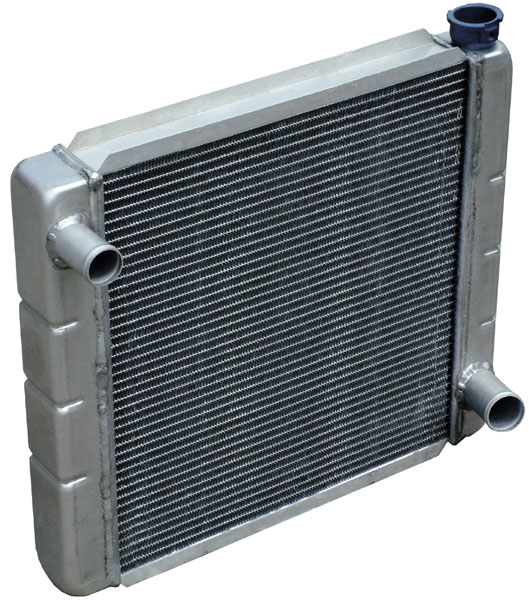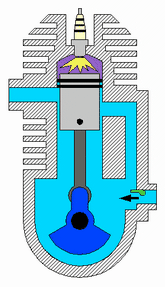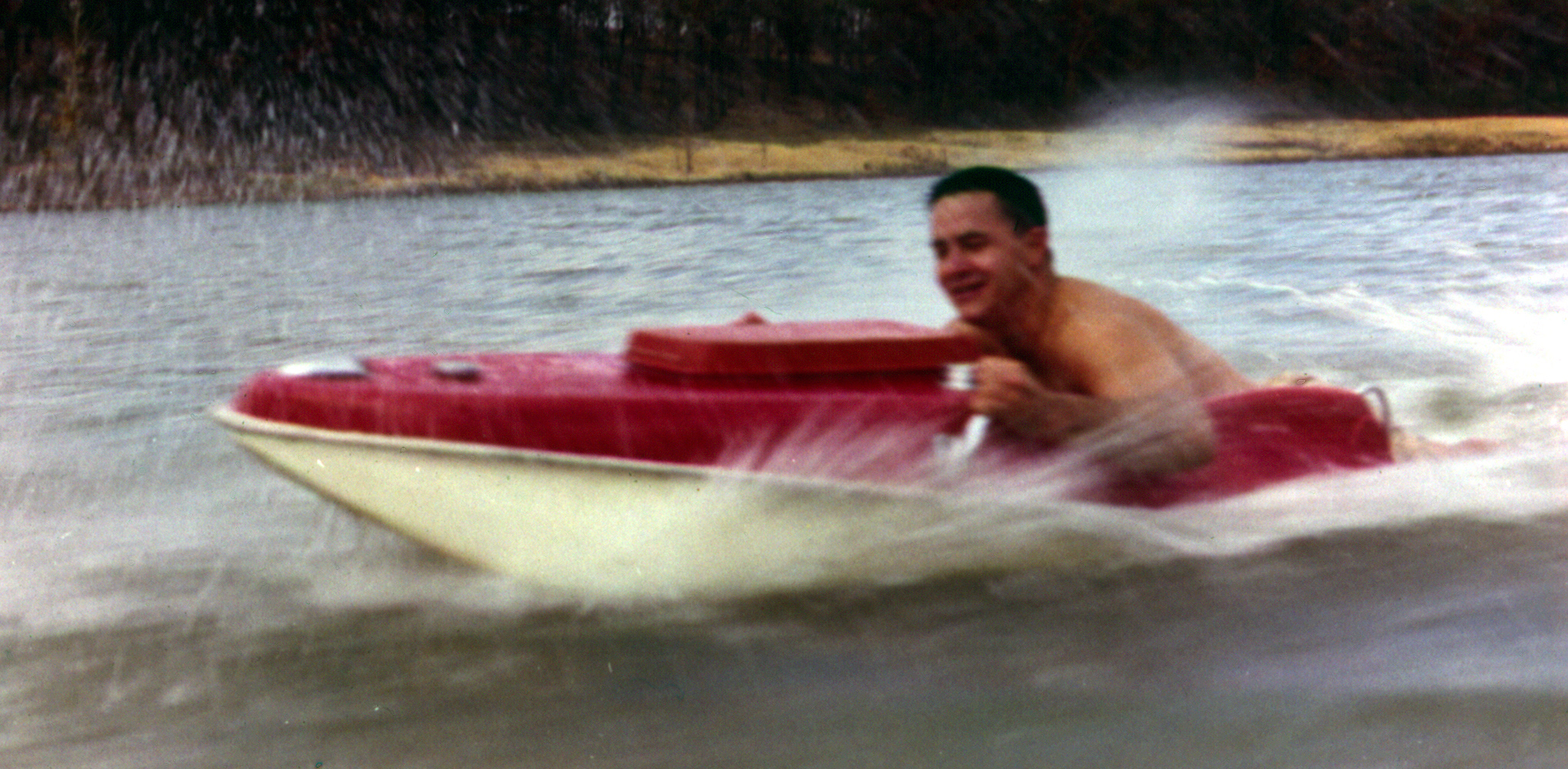|
Tiger Shark PWC
Tigershark is a defunct subsidiary of Arctic Cat that produced personal watercraft (PWC) from 1993 until 1999. Tigershark PWCs were designed to be light, sporty and inexpensive, but early models had a reputation for poor build quality, and the brand suffered, despite significant improvements with the introduction of the 1997 models. The line was introduced in 1993 as a singular Tigershark model. Across seven years, the brand would consist of 20 offerings between two unique hull designs, three various lengths, and two engines in various trim and sizes. The initial hull design, referred to as the Tigershark Hull, was offered in three lengths, a sporty 8', more comfortable 9', and two passenger 10'. In 1998, Tigershark released their abbreviated TS Hull. This was available in a 9' and two passenger 10' lengths. Engine configurations included a liquid-cooled two-stroke Twin, or liquid-cooled two-stroke Triples across the line. Models Tigershark Hull design *''Barracuda'' (1994-199 ... [...More Info...] [...Related Items...] OR: [Wikipedia] [Google] [Baidu] |
Arctic Cat
Arctic Cat is an American brand that makes snowmobiles and all-terrain vehicles (ATV's) manufactured in Thief River Falls, Minnesota. The company was formed in 1960. Arctic Cat designs, engineers, manufactures, and markets all-terrain vehicles, snowmobiles and OEM related parts, garments (such as snowmobile suits), merchandise, and accessories. History Arctic Cat was formed by snowmobile pioneer Edgar Hetteen in 1960 after leaving his previous self-started business, Polaris Industries. Arctic Cat grew to become a major manufacturer of snowmobiles, watercraft, winter clothing, and all-terrain vehicles. The company's first name was Polar Manufacturing, but it soon changed to Arctic Enterprises. The company made its first snowmobile in 1960. In 1968, a 15,000-square-foot winter-wear factory was opened in Rainy River, Ontario, employing an additional 60 workers. In 1970, they started the Boss Cat line. Various boat manufacturers including Silver Line, Lund, Larson, and Sp ... [...More Info...] [...Related Items...] OR: [Wikipedia] [Google] [Baidu] |
Personal Watercraft
A personal watercraft (PWC), also called Jet Ski or water scooter, is a primarily recreational watercraft that is designed to hold only a small number of occupants, who sit or stand on top of the craft, not within the craft as in a boat. Prominent brands of PWCs include Jet Skis and Sea-Doos. PWCs have two style categories. The first and the most popular is a compact runabout (boat), runabout, typically holding no more than two or three people, who mainly sit on top of the watercraft as one does when riding an All-terrain vehicle, ATV or snowmobile. The second style is a "stand-up" type, typically built for only one occupant who operates the watercraft standing up as in riding a motorized scooter; it is used more for doing tricks, racing, and in competitions. Both styles have an inboard engine driving a pump-jet that has a screw-shaped impeller to create thrust for propulsion and steering. Most are designed for two or three people, though four-passenger models exist. Many o ... [...More Info...] [...Related Items...] OR: [Wikipedia] [Google] [Baidu] |
Radiator (engine Cooling)
Radiators are heat exchangers used for cooling internal combustion engines, mainly in automobiles but also in piston-engined aircraft, railway locomotives, motorcycles, stationary generating plants or any similar use of such an engine. Internal combustion engines are often cooled by circulating a liquid called '' engine coolant'' through the engine block and cylinder head where it is heated, then through a radiator where it loses heat to the atmosphere, and then returned to the engine. Engine coolant is usually water-based, but may also be oil. It is common to employ a water pump to force the engine coolant to circulate, and also for an axial fan to force air through the radiator. Automobiles and motorcycles In automobiles and motorcycles with a liquid-cooled internal combustion engine, a radiator is connected to channels running through the engine and cylinder head, through which a liquid ( coolant) is pumped by a coolant pump. This liquid may be water (in climates ... [...More Info...] [...Related Items...] OR: [Wikipedia] [Google] [Baidu] |
Two-stroke
A two-stroke (or two-stroke cycle) engine is a type of internal combustion engine that completes a power cycle with two strokes of the piston, one up and one down, in one revolution of the crankshaft in contrast to a four-stroke engine which requires four strokes of the piston in two crankshaft revolutions to complete a power cycle. During the stroke from bottom dead center to top dead center, the end of the exhaust/intake (or scavenging) is completed along with the compression of the mixture. The second stroke encompasses the combustion of the mixture, the expansion of the burnt mixture and, near bottom dead center, the beginning of the scavenging flows. Two-stroke engines often have a higher power-to-weight ratio than a four-stroke engine, since their power stroke occurs twice as often. Two-stroke engines can also have fewer moving parts, and thus be cheaper to manufacture and weigh less. In countries and regions with stringent emissions regulation, two-stroke engines have ... [...More Info...] [...Related Items...] OR: [Wikipedia] [Google] [Baidu] |
Single-cylinder Engine
A single-cylinder engine, sometimes called a thumper, is a piston engine with one cylinder. This engine is often used for motorcycles, motor scooters, motorized bicycles, go-karts, all-terrain vehicles, radio-controlled vehicles, power tools and garden machinery (such as chainsaws, lawn mowers, cultivators, and string trimmers). Single-cylinder engines are made both as 4-strokes and 2-strokes. Characteristics Compared with multi-cylinder engines, single-cylinder engines are usually simpler and compact. Due to the greater potential for airflow around all sides of the cylinder, air cooling is often more effective for single cylinder engines than multi-cylinder engines. This reduces the weight and complexity of air-cooled single-cylinder engines, compared with liquid-cooled engines. Drawbacks of single-cylinder engines include a more pulsating power delivery through each cycle and higher levels of vibration. The uneven power delivery means that often a single-cylinder en ... [...More Info...] [...Related Items...] OR: [Wikipedia] [Google] [Baidu] |
Personal Watercraft
A personal watercraft (PWC), also called Jet Ski or water scooter, is a primarily recreational watercraft that is designed to hold only a small number of occupants, who sit or stand on top of the craft, not within the craft as in a boat. Prominent brands of PWCs include Jet Skis and Sea-Doos. PWCs have two style categories. The first and the most popular is a compact runabout (boat), runabout, typically holding no more than two or three people, who mainly sit on top of the watercraft as one does when riding an All-terrain vehicle, ATV or snowmobile. The second style is a "stand-up" type, typically built for only one occupant who operates the watercraft standing up as in riding a motorized scooter; it is used more for doing tricks, racing, and in competitions. Both styles have an inboard engine driving a pump-jet that has a screw-shaped impeller to create thrust for propulsion and steering. Most are designed for two or three people, though four-passenger models exist. Many o ... [...More Info...] [...Related Items...] OR: [Wikipedia] [Google] [Baidu] |
Straight-twin Engine
A straight-twin engine, also known as an inline-twin, vertical-twin, inline-2, or parallel-twin, is a two-cylinder Reciprocating engine, piston engine whose cylinders are arranged in a line along a common crankshaft. Straight-twin engines are primarily used in motorcycles; other uses include automobiles, marine vessels, snowmobiles, personal watercraft, jet skis, all-terrain vehicles, tractors and ultralight aircraft. Various different crankshaft configurations have been used for straight-twin engines, with the most common being 360 degrees, 180 degrees and 270 degrees. Terminology The straight-twin layout is also referred to as "parallel-twin", "vertical-twin" and "inline-twin". Some of these terms originally had specific meanings relating to the crankshaft angle or engine orientation; however, they are often also used interchangeably. In the United Kingdom, the term "parallel-twin" is traditionally used for engines with a crankshaft angle of 360 degrees, since the two pist ... [...More Info...] [...Related Items...] OR: [Wikipedia] [Google] [Baidu] |
Straight-three Engine
A straight-three engine (also called an inline-triple or inline-three) is a three-cylinder piston engine where cylinders are arranged in a line along a common crankshaft. Less common than straight-four engine, straight-three engines have nonetheless been used in various motorcycles, cars and agricultural machinery. Design A crankshaft angle of 120 degrees is typically used by straight-three engines, since this results in an evenly spaced firing interval. Another benefit of this configuration is perfect primary balance and secondary balance, however an end-to-end rocking couple is induced because there is no symmetry in the piston velocities about the middle piston. A balance shaft is sometimes used to reduce the vibrations caused by the rocking couple. Other crankshaft angles have been used occasionally. The 1976–1981 Laverda Jota motorcycle used a 180 degree crankshaft, where the outer pistons rise and fall together and inner cylinder is offset from them by 180 degrees ... [...More Info...] [...Related Items...] OR: [Wikipedia] [Google] [Baidu] |
James Bond (film Series)
James Bond (literary character), James Bond is a fictional character created by British novelist Ian Fleming in 1953. A British secret agent working for Secret Intelligence Service, MI6 under the codename 007, Bond has been Portrayal of James Bond in film, portrayed on film in twenty-seven productions by actors Sean Connery, David Niven, George Lazenby, Roger Moore, Timothy Dalton, Pierce Brosnan, and Daniel Craig. Eon Productions, which now holds the adaptation rights to all of List of James Bond novels and short stories, Fleming's Bond novels, made all but two films in the film series. In 1961, producers Albert R. Broccoli and Harry Saltzman purchased the filming rights to Fleming's novels. They founded Eon Productions and, with financial backing by United Artists, produced ''Dr. No (film), Dr. No'', directed by Terence Young (director), Terence Young and featuring Connery as Bond. Following its release in 1962, Broccoli and Saltzman created the holding company Danjaq to ensu ... [...More Info...] [...Related Items...] OR: [Wikipedia] [Google] [Baidu] |
The Spy Who Loved Me (film)
''The Spy Who Loved Me'' is a 1977 spy film, the tenth in the List of James Bond films, ''James Bond'' series produced by Eon Productions. It is the third to star Roger Moore as the fictional secret agent James Bond filmography, James Bond and the second to be directed by Lewis Gilbert. The film co-stars Barbara Bach and Curt Jurgens. The screenplay was by Christopher Wood (writer), Christopher Wood and Richard Maibaum, with an uncredited rewrite by Tom Mankiewicz. The film takes its title from Ian Fleming's 1962 novel ''The Spy Who Loved Me (novel), The Spy Who Loved Me'', the tenth book in the List of James Bond novels and stories, James Bond series, though it does not contain any elements of the novel's plot. The storyline involves a reclusive megalomaniac named Karl Stromberg who plans to destroy the world and create a new civilisation under the sea. Bond teams up with Soviet Union, Soviet agent Anya Amasova to stop Stromberg all while being hunted by Stromberg’s powerfu ... [...More Info...] [...Related Items...] OR: [Wikipedia] [Google] [Baidu] |
Roger Moore
Sir Roger George Moore (14 October 192723 May 2017) was an English actor. He was the actor to portray Ian Fleming's fictional secret agent James Bond (literary character), James Bond in the Eon Productions/MGM Studios film series, playing the character in production of the James Bond films, seven feature films: ''Live and Let Die (film), Live and Let Die'' (1973), ''The Man with the Golden Gun (film), The Man with the Golden Gun'' (1974), ''The Spy Who Loved Me (film), The Spy Who Loved Me'' (1977), ''Moonraker (film), Moonraker'' (1979), ''For Your Eyes Only (film), For Your Eyes Only'' (1981), ''Octopussy'' (1983) and ''A View to a Kill'' (1985). Moore's seven appearances as Bond are the most of any actor in the Eon-produced entries. On television Moore played the lead role of The Saint (Simon Templar), Simon Templar, the title character in the British mystery thriller series ''The Saint (TV series), The Saint'' (1962–1969). He also had roles in American series, including ... [...More Info...] [...Related Items...] OR: [Wikipedia] [Google] [Baidu] |







